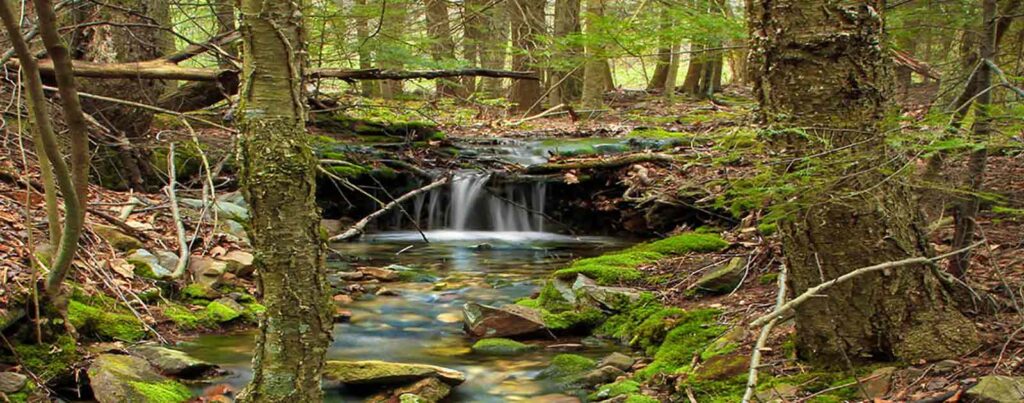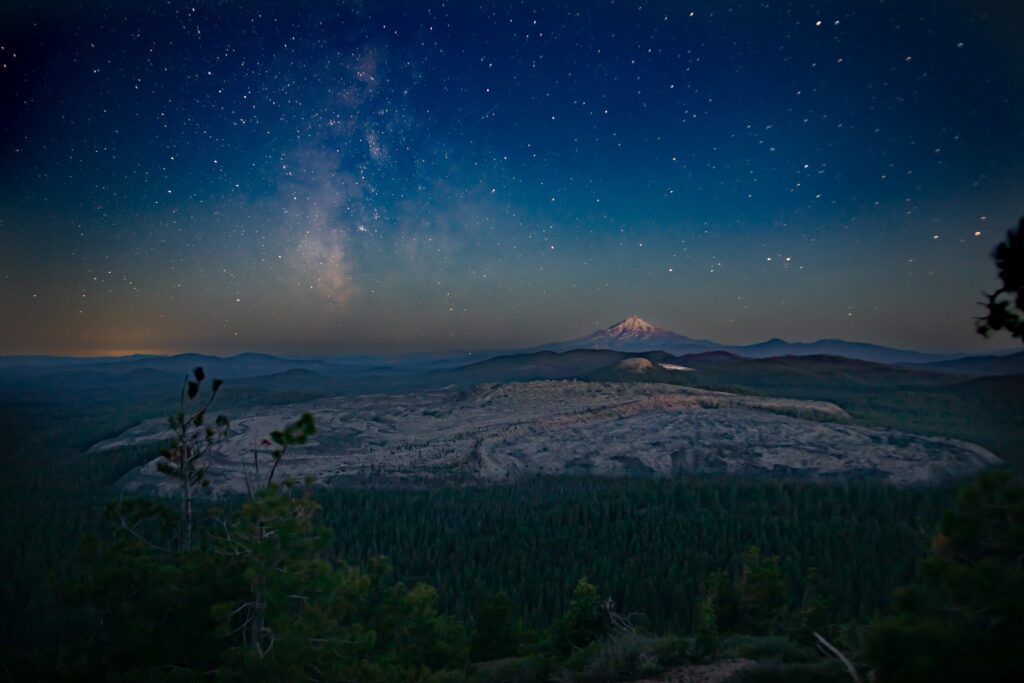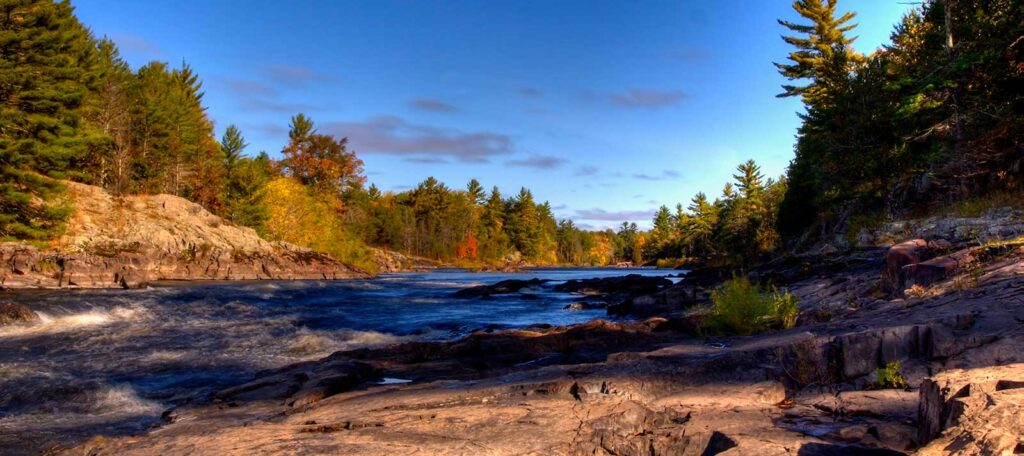At What Point Do We Protect Rivers?
The Clean Water Rule seeks to answer the question: When does a body of water become a water of the United States, and in being so, protected by the Clean Water Act?

[su_quote cite=”T.S. Eliot”]The river itself has no beginning or end. In its beginning, it is not yet the river; in its end, it is no longer the river. What we call the headwaters is only a selection from among the innumerable sources which flow together to compose it. At what point in its course does the Mississippi become what the Mississippi means?[/su_quote]
There is no better way to describe the formation of rivers and the connectivity of water sources that create them.
When does a body of water become a water of the United States and in being so is protected by the Clean Water Act?
It has fallen to the Environmental Protection Agency and the Army Corps of Engineers to figure out at what point we protect the Mississippi River and all other rivers, streams, and creeks. The EPA and the Corps have turned to science to help them determine that point and to clarify that point for everyone.
The Clean Water Rule is based on sound science. The Rule is based on the accompanying scientific report: Connectivity of Streams and Wetlands to Downstream Waters: A Review and Synthesis of the Scientific Evidence, a survey and synthesis of more than 1,200 peer reviewed scientific studies. The Connectivity Report itself was formally peer reviewed by a Science Advisory Board.
The science is conclusive: all streams and wetlands exert a strong influence on the physical, chemical, and biological integrity of downstream waters and are interconnected with navigable waters hydrologically and ecologically. Due to this scientifically proven connection to larger bodies of water, small streams and wetlands are protected under the Clean Water Rule.
Underlying the vast web of connected waters across the United States is the simple fact that what is upstream will travel downstream. This is one of the key reasons why the Clean Water Act is so important. The Clean Water Act sets a base standard with which all fifty states must comply, and thirty-six states restrict the authority of state agencies or municipalities to regulate waters that are not already protected by the Clean Water Act. Thus, if the Clean Water Act is weakened, there is a good chance that downstream states will be more vulnerable to opportunistic polluters upstream.
The Clean Water Rule does not protect anything that was not historically covered by the Clean Water Act. But it does protect the streams, wetlands, and floodplains that are vital to the existence of the Mississippi River and all the rivers, streams, creeks, and bays throughout the United States.



